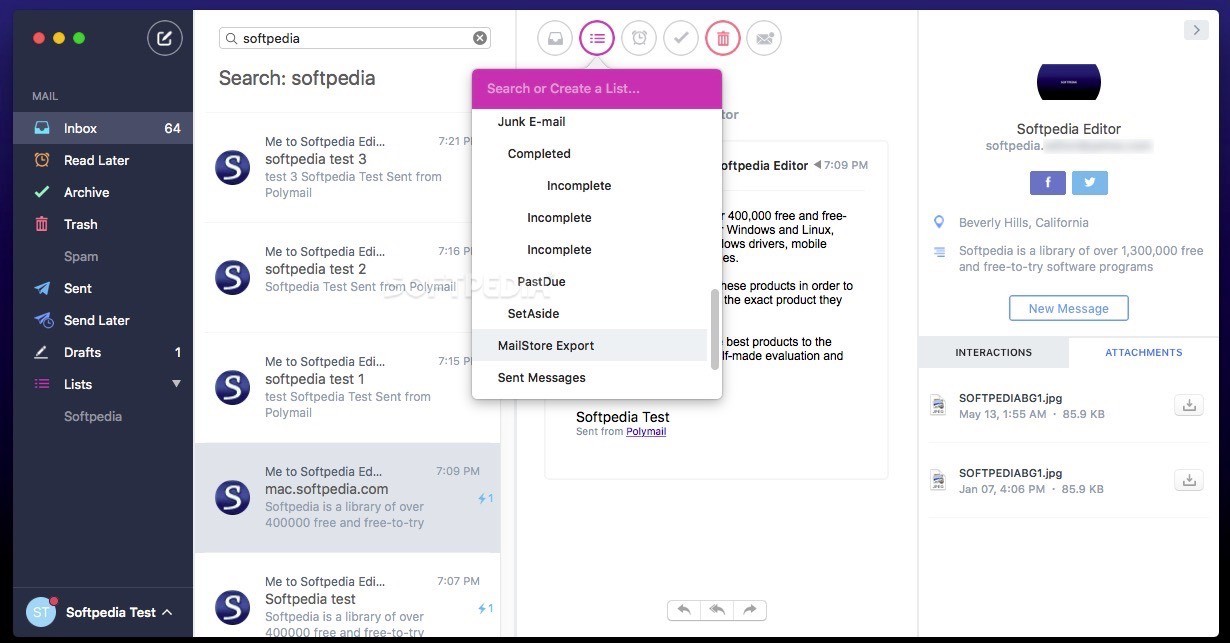

Color coding of proteins indicates effect of poly(I:C) compared to non-treated cells: black, unaltered green, upregulation/induction red, downregulation/inhibition.

In addition, poly(I:C) can induce cytostasis, apoptosis and less invasiveness, while remaining sensitivity to certain viruses. Poly(I:C) activates several immune cells directly and indirectly, while also leveraging the GBM cellular machinery for attraction and activation of immune cells. Integrated overview on how poly(I:C) affects GBM and immune cells on molecular and functional levels.
#Review polymail Activator
AP-1, activator protein 1 IFN, interferon IKKα/β/γ, inhibitor of NFκB kinase regulatory subunit α/β/γ IL-12, interleukin-12 IRF3, IFN regulatory factor 3 ISRE-3, IFN-stimulated response element 3 MAPKs, mitogen-activated protein kinases MAVS, mitochondrial antiviral signaling protein MDA-5, melanoma differentiation-associated gene 5 NFκB, nuclear factor κ-light-chain-enhancer of activated B cells Poly(I:C), polyinosinic:polycytidylic acid Poly-ICLC, poly(I:C) stabilized with carboxymethylcellulose and poly-L-lysine RIG-I, retinoic acid-inducible gene I RIP1, receptor-interacting serine/threonine-protein kinase 1 TAB, TAK1-binding protein TAK1, transforming growth factor β activated kinase 1 TBK1, TRAF family member associated NFκB activator binding kinase 1 TICAM1, TLR adaptor molecule 1 TLR-3, Toll-like receptor 3 TRAF tumor necrosis factor receptor associated factor 3 Hence, poly(I:C) and poly-ICLC signaling result in an immunostimulatory response. Both AP-1 and NFκB results in pro-inflammatory cytokines and chemokines. The TAK1 complex will also activates the IKKα/β/γ complex, allowing transcription of NFκB. TRAF6, along with RIP1, complexes TAK1 with TAB2 and TAB3, activating MAPK to activate transcription factor AP-1. TRAF3 leads to TBK1-IKKε complex formation, which results in phosphorylation of an IRF3 dimer that will induce an IFN response via IRSE3. Downstream both TICAM1 and MAVS transduce similar signal pathways via TRAF3 and TRAF6, though with distinct emphasis. Poly(I:C) and poly-ICLC bind either the endosomal receptor TLR-3, leading to recruitment of adaptor molecule TICAM1, or the cytoplasmic receptors MDA-5 or RIG-I, which signal through the mitochondrial MAVS adaptor protein. Poly(I:C) and poly-ICLC signaling through TLR-3, MDA-5 and RIG-I generates a pro-inflammatory and interferon response. We conclude by proposing several promising combination strategies that might advance glioblastoma immunotherapy and discuss key pre-clinical aspects to improve clinical translation.Īdjuvant Combination therapy Glioblastoma Glioma Immune checkpoint Immunotherapy Poly(I:C) Poly-ICLC (Hiltonol) Toll-like receptor 3 Vaccination. Poly-ICLC could be a valuable tool to enhance immunotherapeutic approaches for glioblastoma. Clinically, mostly as an adjuvant to dendritic cell or peptide vaccines, poly-ICLC has been demonstrated to be safe and capable of eliciting immunological activity to boost therapeutic responses. In murine glioblastoma models, poly(I:C) has shown therapeutic relevance as an adjuvant therapy to several treatment modalities, including vaccination and immune checkpoint blockade. On the contrary, poly(I:C) changes the immunological profile of glioblastoma cells and can also kill them directly. Direct pro-tumorigenic effects of poly(I:C) on glioblastoma cells have not been described.

was queried for ongoing clinical studies. A systematic review approach was conducted according to PRISMA guidelines. MEDLINE was searched until to identify preclinical (glioblastoma cells, murine models) and clinical studies that investigated poly(I:C) or poly-ICLC in glioblastoma. Here, we present a systematic review on the effects and efficacy of poly(I:C)/poly-ICLC for glioblastoma treatment, ranging from preclinical work on cellular and murine glioblastoma models to reported and ongoing clinical studies. Polyinosinic:polycytidylic acid, or poly(I:C), and its derivative poly-ICLC could serve as a priming or boosting therapy to unleash lymphocytes and other factors in the (immuno)therapeutic armory against glioblastoma. Given the anatomical and immunological complexities surrounding glioblastoma, lymphocytes that infiltrate the brain to develop durable immunity with memory will be key. Immunotherapy is currently under intensive investigation as a potential breakthrough treatment option for glioblastoma.


 0 kommentar(er)
0 kommentar(er)
